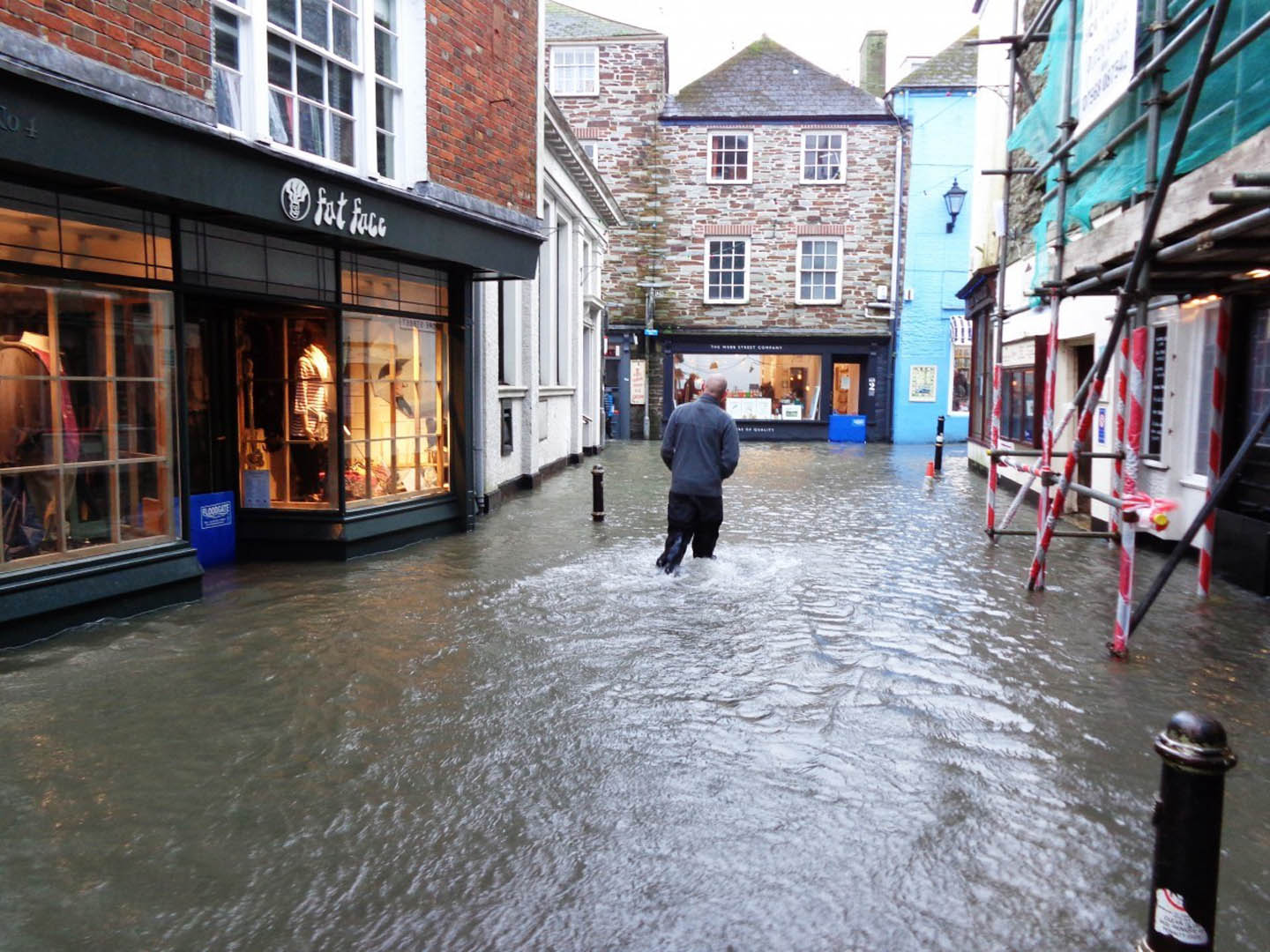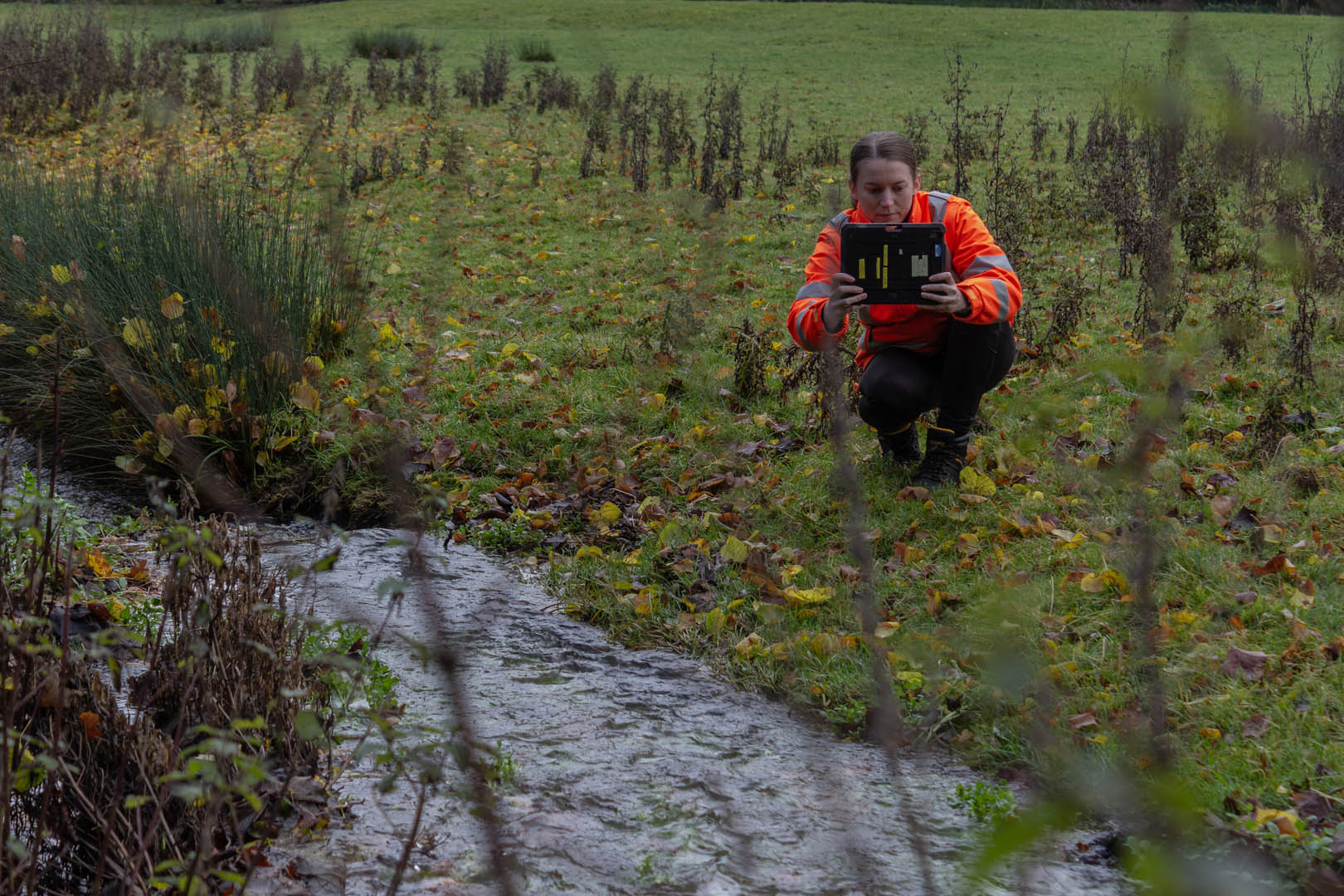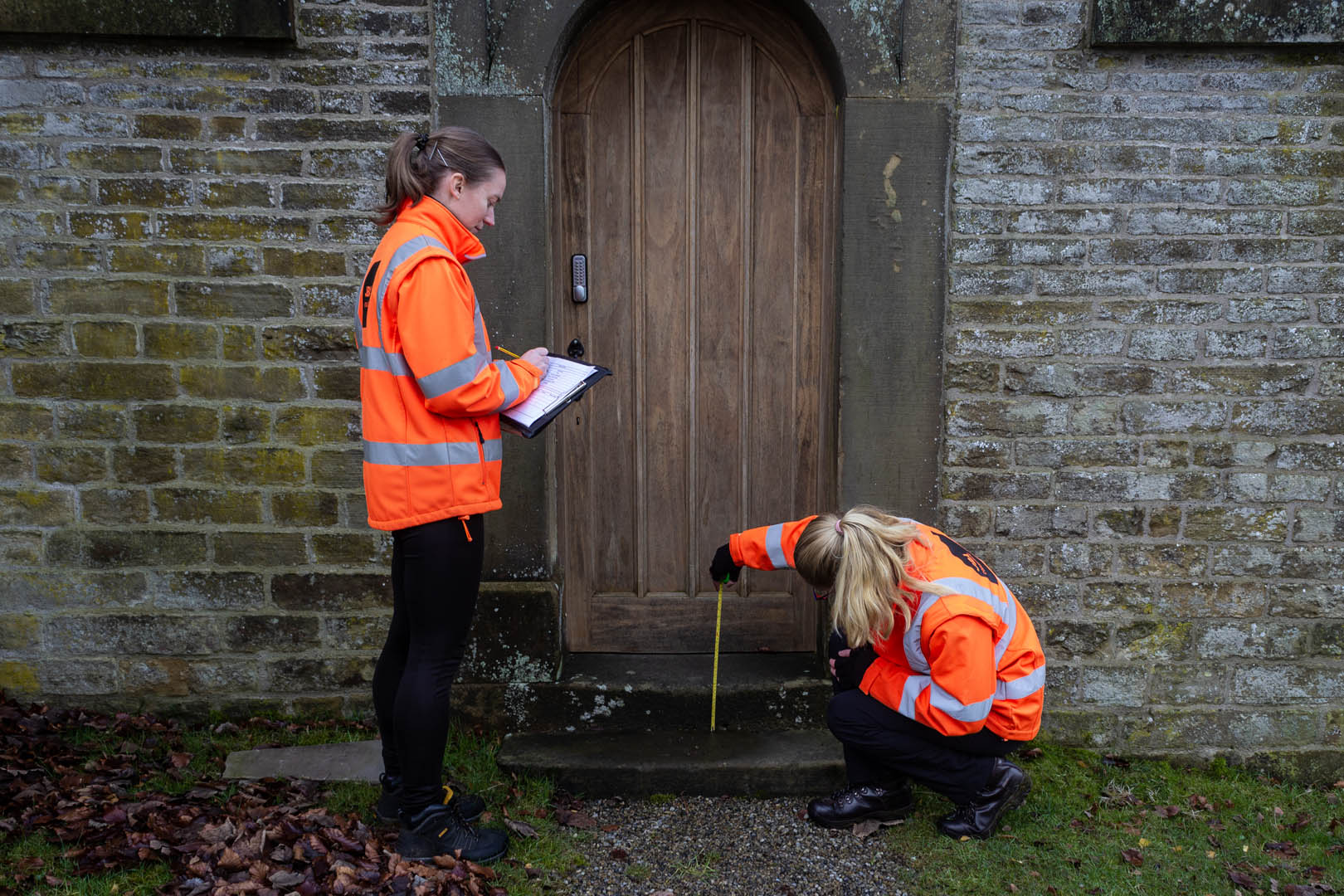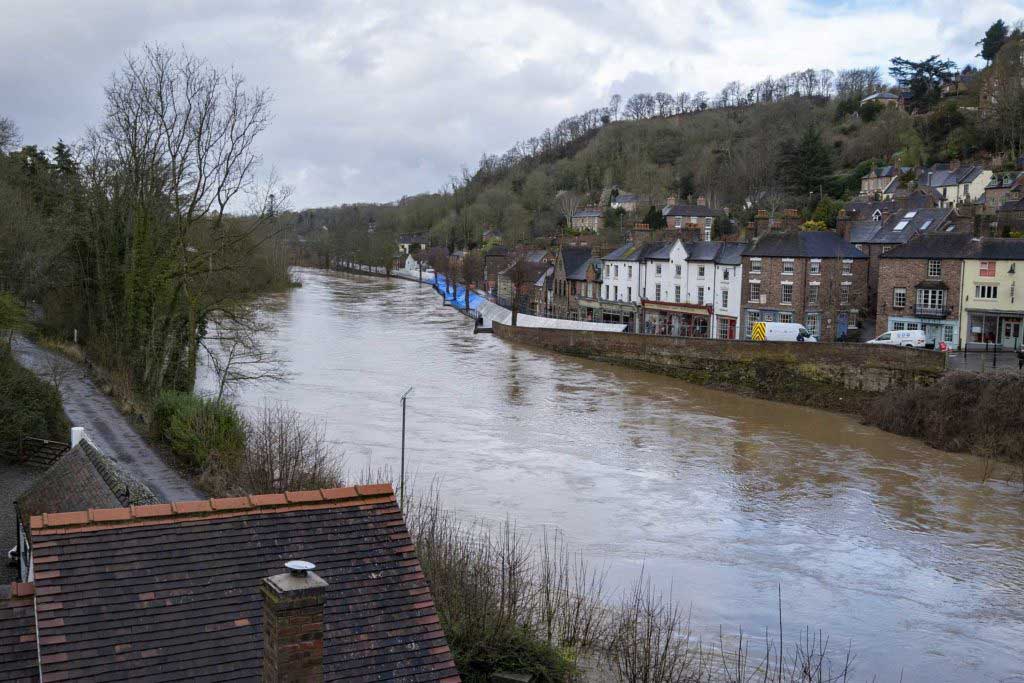National Flood and Coastal Erosion Risk Management Strategy
In 2020 the Environment Agency published the National Flood and Coastal Erosion Risk Management Strategy (NFCERMS) for England. The strategy’s long-term vision is:
‘a nation ready for, and resilient to, flooding and coastal change – today, tomorrow and to the year 2100.‘
This vision is supported by three long-term ambitions, underpinned by evidence about future risk and investment needs:
- Climate resilient places
- Today’s growth and infrastructure, resilient in tomorrow’s climate
- A nation ready to respond and adapt to flooding and coastal change
Flood and coastal resilience can be defined as preparedness and the ability to cope with, or recover from, flooding or coastal change. And is at the heart of the national strategy.
Ahead of the 26th UN Climate Change Conference of the Parties (COP26) summit, the Environment Agency warned that adaptation and becoming resilient to the effects of climate change, is just as important as mitigation. Many local authorities have now declared climate emergencies.
Local Flood Risk Management Strategies
In line with the NFCERMS, it is important that local flood risk management is shifting focus, to fully embrace a wide range of innovative actions to enhance flood resilience. And that these actions compliment the flood alleviation schemes funded through the capital programmes. This ambition is being further developed over the coming years by the 25 Flood and Coastal Resilience Innovation Programmes.
It is not possible to provide conventional flood alleviation schemes for every community at risk, due to a range of environmental, technical and funding limitations. Adopting a wider range of alternative actions though, alongside the capital programme, can help to increase our flood resilience. Such approaches can manage flood risk by reducing the likelihood and the impact, for example by natural flood management interventions. Or these approaches might only help reduce the consequences and impact of flooding – such as property flood resilience, flood warning and emergency plans.
This combination of both traditional, engineered, flood alleviation schemes alongside wider catchment and community resilience actions, is a vital response as climate change increases flood risk. Such a strategy helps to include communities that would otherwise not qualify for an engineered scheme. Ultimately allowing them to become sustainable and thriving places to live, work and explore that are better prepared to respond to and recover from flooding.
Flood resilience cycle
The flood resilience cycle identifies the six key themes which are fundamental to flood resilience: anticipate, assess, reduce, prepare, respond and recover. These themes provide a framework when developing LFRMS to manage local flood risk. Giving a priority and focus on the need to plan, train, exercise and evaluate.

For more information about our Local Flood Risk Management please contact email Anna Beasley.








